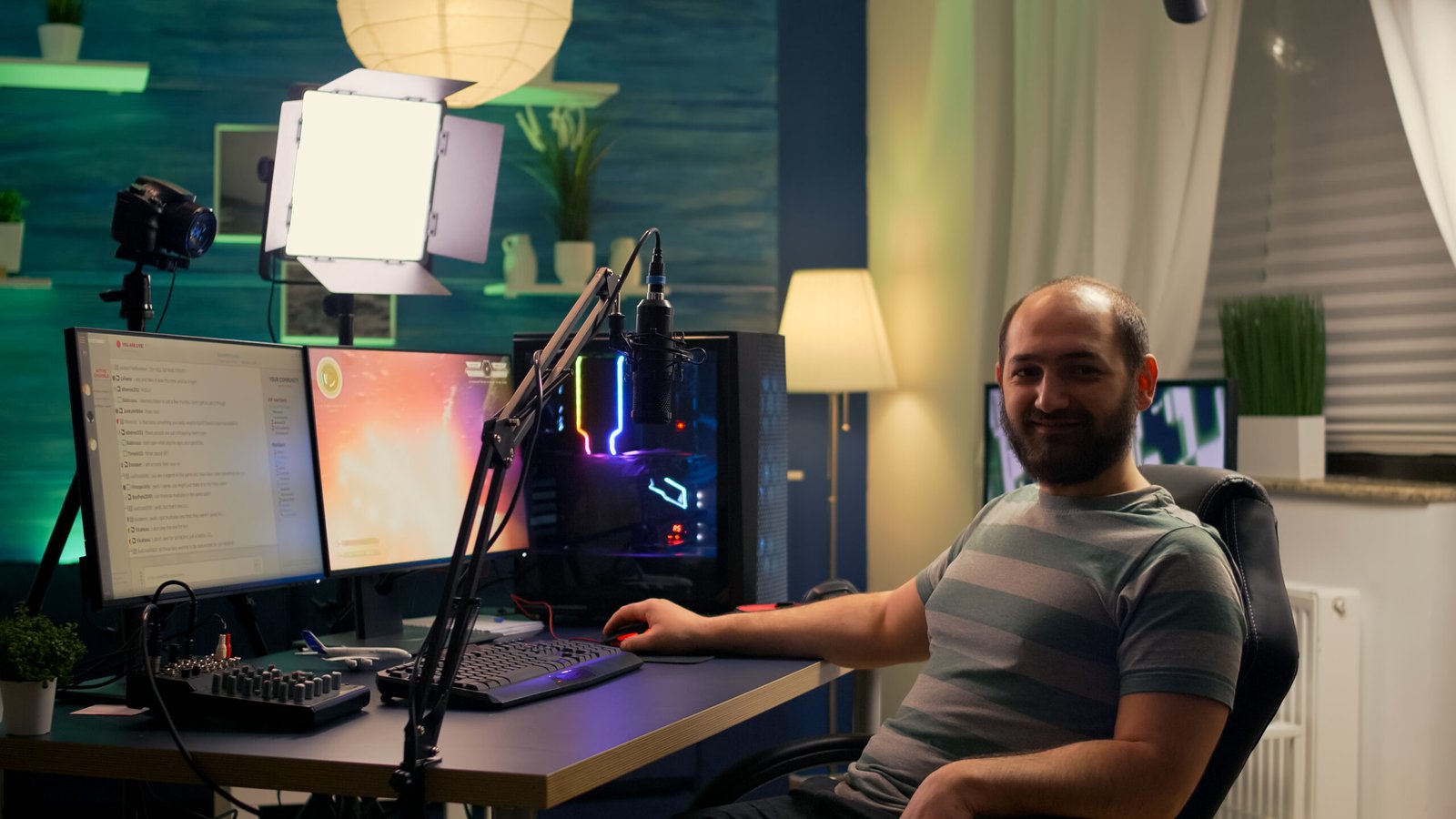Most countries deal with one or two dominant languages when designing games. India confronts 22 officially recognized languages and over 1,600 dialects. Most gaming markets feature relatively homogeneous cultural preferences. India spans dozens of distinct regional cultures, each with unique festivals, folklore, and aesthetic traditions. This extraordinary diversity represents both India’s greatest challenge and its most compelling opportunity in game development. Getting it right means unlocking hundreds of millions of potential players who have never seen themselves reflected in games.
Getting it wrong means alienating audiences through stereotypes, oversimplification, or complete cultural blindness. As gaming becomes mainstream entertainment across India, developers increasingly recognize that authentic representation isn’t merely politically correct window dressing—it’s an essential business strategy. Games reflecting India’s rich cultural tapestry foster deeper player connections, capture wider audiences, and position Indian gaming competitively on the global stage. The question isn’t whether to embrace linguistic and cultural diversity, but how to do it authentically while maintaining engaging gameplay and managing development costs.
Languages: Speaking to India’s Many Audiences
Hindi dominates, with approximately 43% of Indians speaking it as their first language, but that leaves 57% preferring Bengali, Telugu, Marathi, Tamil, or dozens of other languages. Designing games exclusively in Hindi or English immediately excludes hundreds of millions of potential players who consume content primarily in regional languages. Successful Indian games embrace multi-language support as fundamental rather than optional. Mumbai Gullies infuses vibrant vernacular slang and cultural idioms specific to Mumbai youth, delivering dialogue and soundtracks in Marathi and Hindi that enhance authenticity and player immersion beyond simple translation.
Mobile gaming platforms like Dream11 and MPL offer in-game interfaces and customer support in multiple regional languages, helping tap into India’s rapidly growing non-English gaming demographic. These platforms recognize that vernacular players now represent the majority of users, making localization essential rather than peripheral. The government’s Digital India initiative encourages vernacular content creation through substantial investments in language technologies, including speech recognition, translation engines, and text-to-speech systems. Developers can leverage these technologies for scalable localization efforts that previously proved prohibitively expensive for smaller studios.
However, genuine linguistic diversity extends beyond interface translation. Voiceovers, cultural references, humor, and narrative structures must adapt to regional sensibilities rather than merely translating English-language content. Games like Asura: Fallen Gods incorporate languages like Kannada and Telugu in voiceovers, catering specifically to South Indian audiences rather than treating all Indian players as linguistically interchangeable.
Culture and Region: Beyond Surface-Level Representation
Language is only one dimension of India’s diversity. Regional cultures, festivals, folklore, and historical motifs provide rich material for storytelling that resonates emotionally with specific audiences while introducing others to unfamiliar traditions. The Last Legend: Rampart, set in Rajasthan’s historic landscapes, incorporates puppet theatre aesthetics, regional costumes, and traditional music, offering culturally immersive narrative experiences rarely seen in Indian games. This specificity creates authenticity that generic “Indian-themed” games never achieve.

Cultural events like Diwali, Pongal, and Durga Puja provide opportunities for time-limited in-game content and festivals engaging players through shared cultural experiences. These seasonal events feel genuine to participants while introducing other players to regional traditions through interactive participation rather than passive observation. Gaming preferences vary significantly by region, driven by cultural factors, economic conditions, and technological access. According to a 2025 KPMG report, mobile devices account for nearly 90% of Indian gaming traffic, with southern and eastern states showing higher engagement in mid-core strategy games, while northern states prefer casual and sports games.
Community-led development is becoming prevalent, where studios collaborate with regional cultural experts and gaming communities through workshops and beta testing. Tactic Studios partnered with tribal storytellers from Jharkhand to develop narrative quests reflecting local folklore, blending tribal languages and music for authenticity that external developers could never achieve alone.
Government policies establishing regional game clusters and incentives for vernacular indie games encourage studios to diversify offerings and expand market reach beyond homogenized pan-Indian content.
The Challenges: Getting Representation Right
Enthusiasm for representing diversity doesn’t automatically translate into authentic, respectful representation. Challenges around stereotypes, oversimplification, and tokenism persist, with misrepresentation risking audience alienation and cultural dilution.
Studios must navigate sensitive topics including caste, religion, and gender nuances with precision and consultative approaches rather than relying on superficial research or assumptions. What seems harmless to developers from one region might offend players from another, requiring careful cultural consultation.
Intellectual property issues around folklore and traditional knowledge present ethical complexities. These narratives often reside in the public domain or marginalized communities, requiring ethical sourcing, benefit-sharing arrangements, and informed consent rather than simply appropriating cultural material without community involvement or compensation. Technological constraints limit some studios, particularly indie developers facing budget limitations for multiple language voiceovers or region-specific art assets. Creating genuinely localized content costs significantly more than producing single-language games with universal settings.
However, advances in AI-driven localization and modular design are gradually lowering barriers, offering scalable solutions that make authentic representation increasingly feasible. Cross-cultural collaborations and advisory boards help maintain cultural integrity while enabling creative freedom, balancing authenticity with engaging gameplay. India’s linguistic and cultural diversity transforms game development from a straightforward technical challenge into a complex cultural negotiation requiring sensitivity, research, and community collaboration. Studios embracing this complexity authentically will capture audiences that competitors miss while contributing to cultural preservation and celebration through interactive entertainment.
